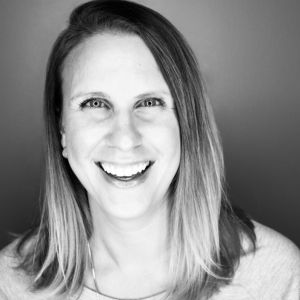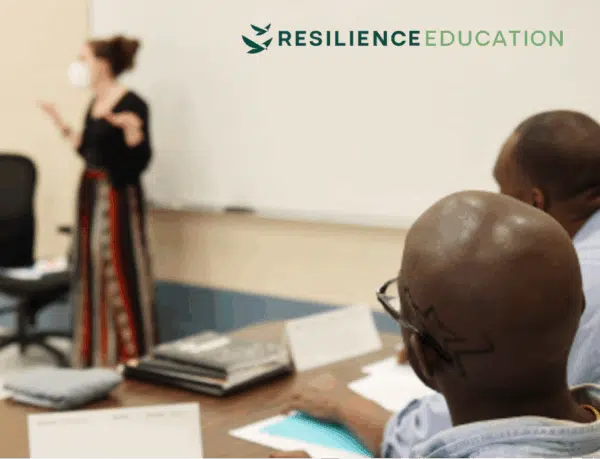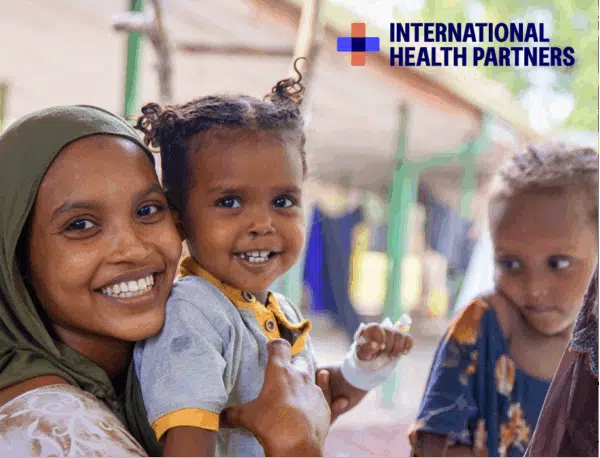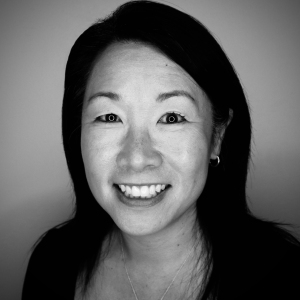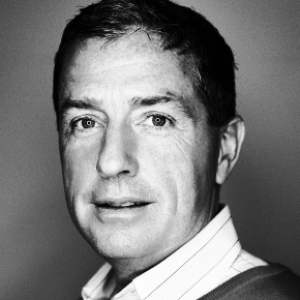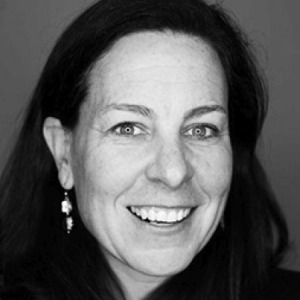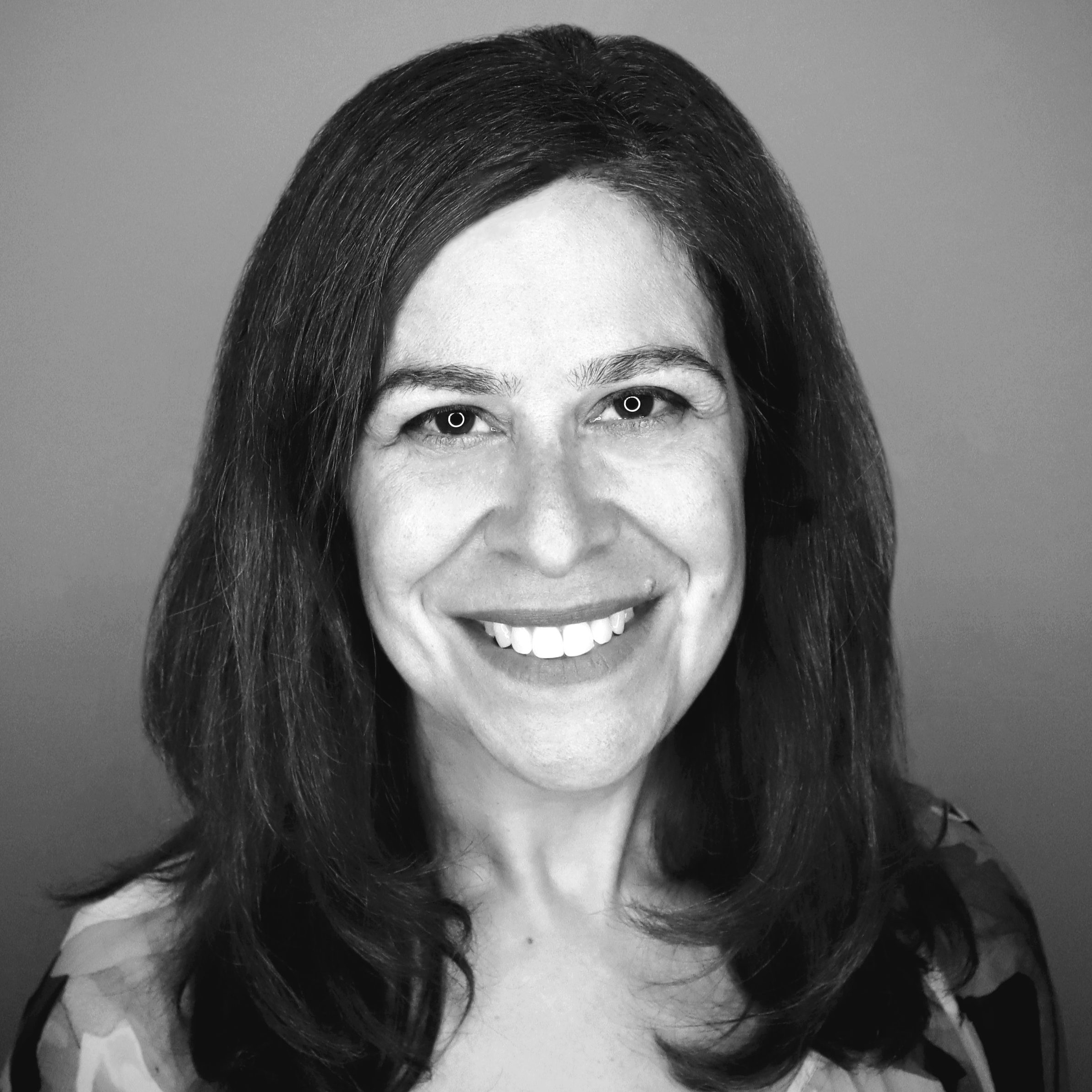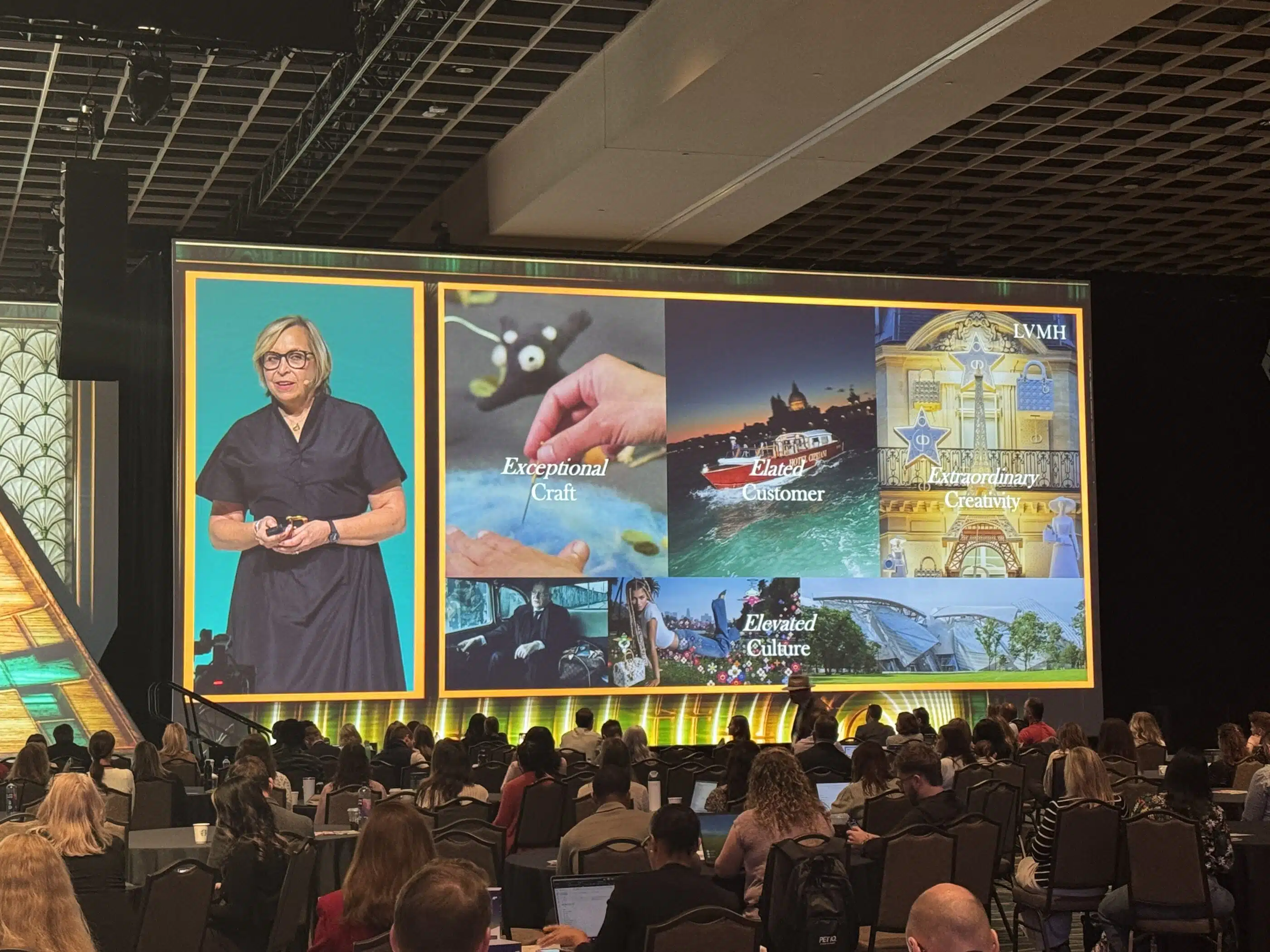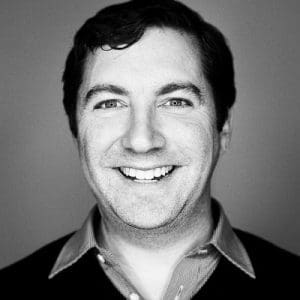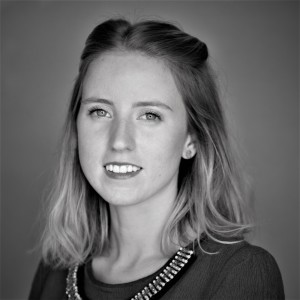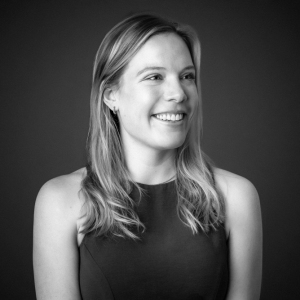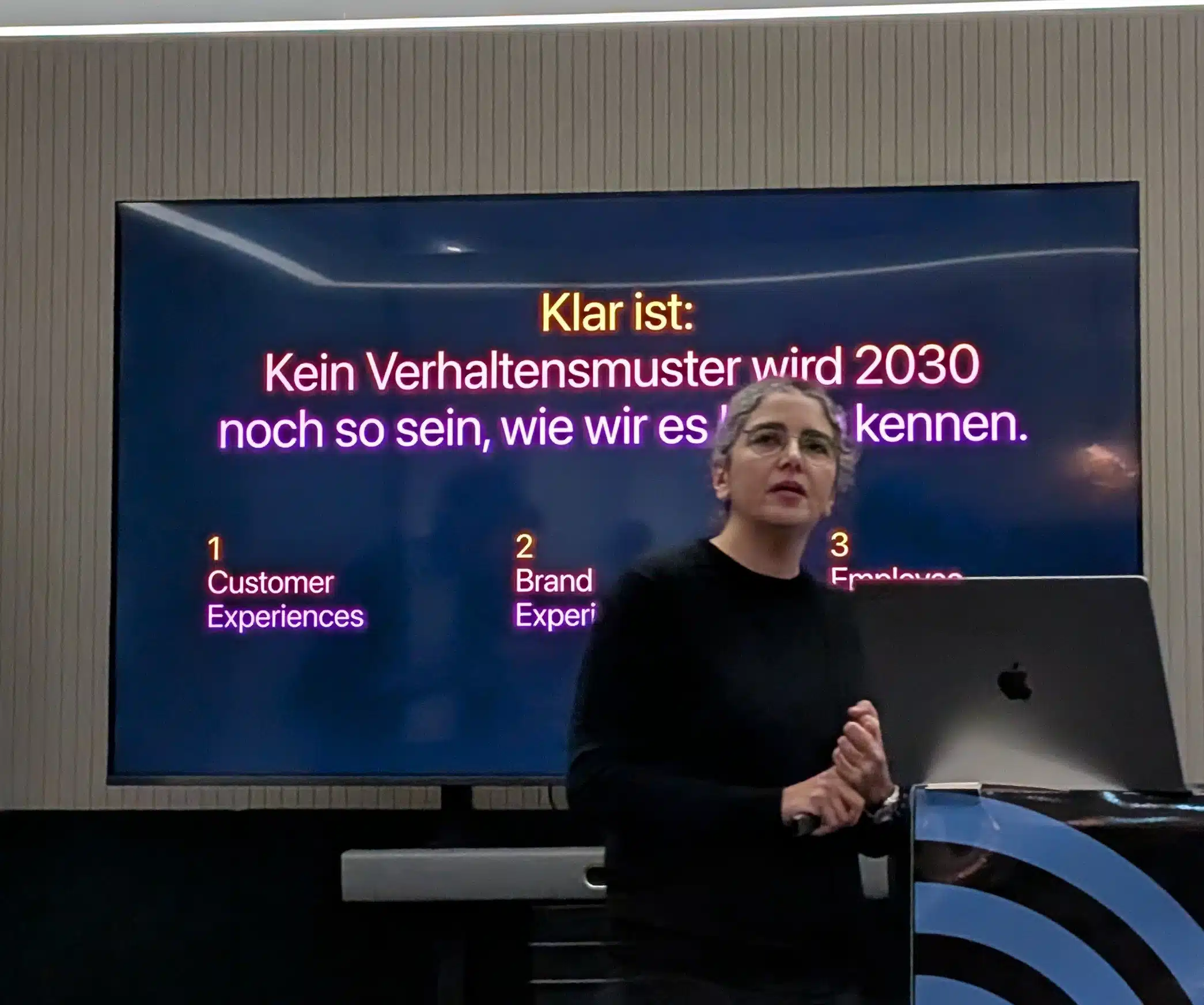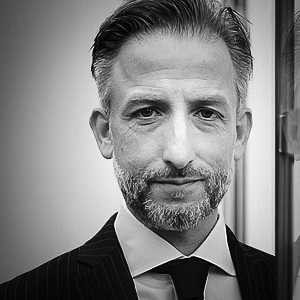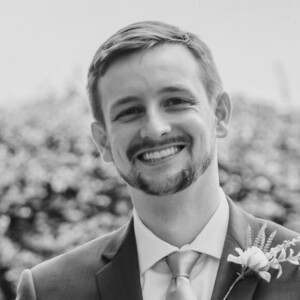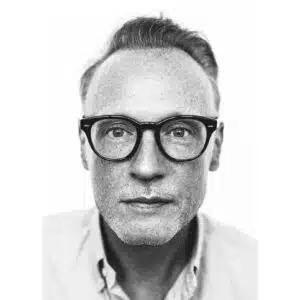BLOG
Balancing Brand and Demand: A Growth Leader’s Perspective
Uncommon Growth Leaders is an article series featuring bold leaders driving faster, smarter, more sustainable, more human and more actionable growth—what we call uncommon growth.
Fred Ehle is no stranger to big brands, bold ideas and transformational growth. With leadership roles at McDonald’s, Redbox, Pulte and Rocket Mortgage, he has lived the tension between long-term brand building and short-term performance and has strong views on how marketing must evolve to truly drive enterprise value.
In this candid conversation with Scott Davis, Chief Growth Officer at Prophet, Fred shares insights on the CMO’s changing role, aligning the C-suite around brand, the real impact of AI and how Rocket’s “Own the Dream” campaign came to life at the Super Bowl.
Let’s start with your journey. What led you to Rocket Mortgage?
Fred Ehle: I’ve had a great run across both agency and client-side roles. When the opportunity with Rocket Mortgage came up, it was a compelling moment. The company was already a major player in the category, but they were looking to evolve from a high-volume lead-gen machine to a modern, full-funnel marketing organization.
Jonathan Mildenhall had recently joined as CMO, and he was setting out to build a marketing function that could drive both brand and business results. The chance to help shape that transformation—and to bring together brand, creative and growth under one roof—was too exciting to pass up.
Many reports suggest that CMOs are losing influence—shrinking budgets, short tenures and fading confidence in the role. What’s your take? Is this cyclical or something deeper?
FE: It’s something deeper. Marketing’s been losing ground in the C-suite for a while—and in some cases, we’ve done it to ourselves. As I often say, Marketing has a marketing problem.
First, we’ve allowed the definition of marketing to get fuzzy. The function has blurred into areas like digital and IT, making it harder to define our value clearly. Then there’s our own jargon—terms like “growth marketer.” What does that even mean? Shouldn’t we all be growth marketers?
Second, many CMOs don’t control all the levers of growth – pricing, product, distribution—and yet we’re still held accountable for outcomes we can’t fully drive. That disconnect erodes credibility.
Third, there’s often a lack of alignment between business strategy and marketing KPIs. Too often, we’re measuring activity, not outcomes.
And finally, some CMOs lean too heavily into communications without commercial sensibility. CEOs want profitable growth. If the CMO doesn’t understand how the business makes money, or doesn’t speak the language of finance, then the seat at the table becomes very fragile.
So, what does good look like? What’s the silver lining?
FE: It comes down to alignment. At Rocket, we had that rare moment where business strategy, brand strategy and marketing execution were completely in sync—from the CEO to the board to every team member. We had real clarity around who we were targeting, what our value proposition was and the resources to bring it to life.
The “Own the Dream” platform we launched at the Super Bowl wasn’t just a campaign. It was the manifestation of that alignment. We built it from segmentation up: deep customer understanding, clear value prop and a singular creative idea that laddered all the way to business impact.
And we proved it. Our brand health metrics tied directly to lead generation and revenue. When the brand score moved, leads followed—six months later.
Brand marketing often struggles to win over CFOs. How do you make the case for investment to build trust?
FE: Data and testing. We ran small-scale full-funnel experiments that demonstrated clear efficiency gains. At Rocket, nothing got funded unless it tied to measurable KPIs—brand health, leads, conversions, or share growth.
By connecting brand health scores to downstream business results (like share gains six months later), we created a line of sight from brand to revenue. That kind of evidence earned CFO support and unlocked real investment.
Let’s talk brand and demand marketing. That debate is louder than ever. How do you approach it?
It’s not either/or—it’s both/and. That sounds simple, but the execution is hard.
The reality in our business is, up to 95% of your potential customers aren’t in-market at any given time. If you spend all your dollars chasing the 5% who are, you’re ignoring tomorrow’s demand.
The key is balance. In some businesses, it’s 60/40 brand-to-performance; in others, 40/60. But leaning too far into performance just drives up customer acquisition costs as competitors bid on the same eyeballs. That was happening at Rocket before we pivoted to a more balanced approach. Full-funnel marketing ultimately proved more efficient, not less. When people recognize your brand and trust you, the funnel gets more efficient. But you have to prove that with data, especially to the CFO
Let’s rewind to the Super Bowl campaign. “Own the Dream” was a big swing. What made it work?
FE: We had a powerful emotional insight: 91% of people want to own a home, but 53% of first-time buyers cry during the process, and not tears of joy.
That insight drove everything. Our creative agency brought us “Own the Dream,” and it clicked. It honored that tension—between aspiration and frustration—and gave us a rallying cry.
The Super Bowl spot itself was powerful, but the in-stadium activation was the magic. Fans singing along to “Take Me Home, Country Roads” created this emotional, collective moment. It generated over a billion earned impressions. Social sentiment was 90% positive, cutting across demographics and political lines. And it felt like Rocket—authentic, optimistic, human.
What role does AI play in all of this?
FE: AI is an enabler, not a strategy. But it’s a powerful one.
At Rocket, we used AI to remove friction from the mortgage process. We already allow customers to refinance without talking to a human if they choose. That’s real transformation.
From a marketing lens, AI helped us get to insights faster, segment smarter and personalize at scale. But again, it’s not about the tool—it’s about what you do with it.
But AI doesn’t replace critical thinking. AI can surface a trend. It can write the first draft. But it can’t feel what will resonate. That’s still the human job.
Last question. What advice do you have for fellow CMOs trying to lead through this complexity?
FE: Three things:
- Don’t abandon fundamentals. Segmentation, positioning, emotional resonance, they matter more than ever.
- Get close to your CFO. Tie brand health to business outcomes. Don’t just show marketing metrics – show impact.
- Be the Voice of the Customer. Bring the outside in. Share insight with your peers. Help the business make better bets.
And one bonus: Run small tests. When you’re at odds with your CEO or CFO, don’t argue—test. Let the market decide.

Fred Ehle is a senior marketing leader recognized for driving business and brand success through major inflection points from turnarounds and rebrands to scalable growth. With a career spanning Fortune 500, private equity and privately held companies including Rocket, Jockey International, Redbox, McDonald’s and PulteGroup, Fred consistently delivers top- and bottom-line impact. His approach blends deep consumer focus with fearless, data-driven decision-making and strong cross-functional leadership. A Gold Effie and Cannes Gold Lion winner and three-time OnCon Top 100 Marketer, has shaped strategy, innovation and omni-channel execution for more than twenty brands—launching breakthrough products, redefining business models and building high-performance teams that drive lasting growth.
FINAL THOUGHTS
Fred’s perspective underscores a fundamental truth: growth leaders must master the balance between brand and demand. The CMOs who win today are those who blend commercial rigor with creative courage, aligning business, brand and customer strategy to deliver measurable impact. Whether leveraging AI to accelerate insight, building trust with the C-suite through data, or creating emotionally resonant campaigns like Rocket Mortgage’s “Own the Dream,” success comes from discipline and balance. The message is clear—great marketing doesn’t just build brands; it builds businesses.

